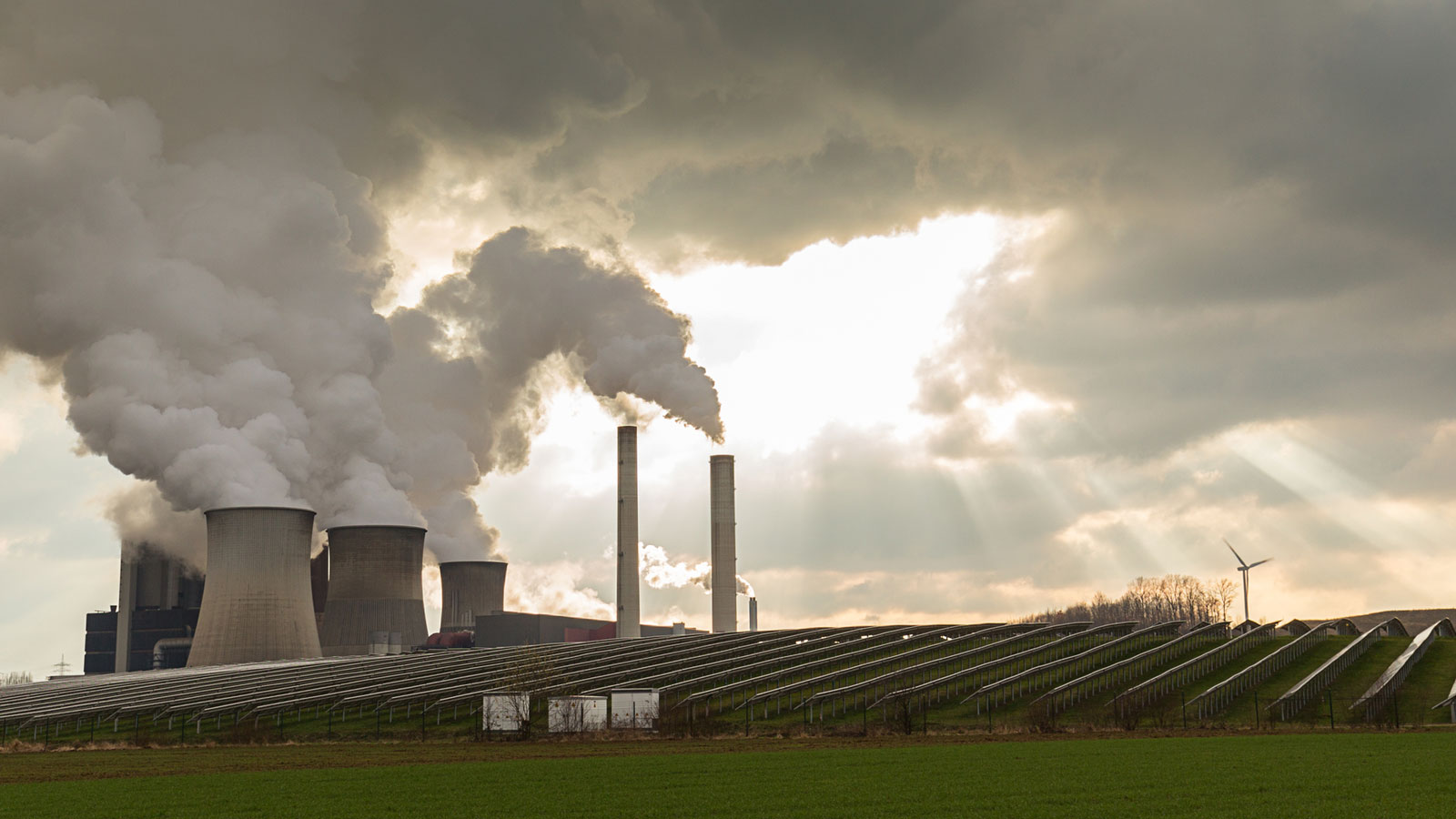In 2020, climate advocates cheered as coal use fell by record amounts. But now coal use is climbing again. What’s behind the recent seesaw?
In the U.S., the amount of coal burned to generate electricity peaked in 2007 and then, between 2007 and 2020, fell by more than 61 percent. But as the effects of Covid-19 continue to re-shape energy markets, 2021 brought the largest increase in coal consumption in more than a decade. Since the start of the new year, increasing global anxieties about the fate of Ukraine, under attack by Russia, raise new concerns and anxieties certain to rattle energy futures.
Here’s a walk-through of the events behind this trend.
- The use of coal for electricity has been on a particularly big slide since 2014, dropping by more than half in just six years.
- Nationwide shutdowns and slowdowns in 2020 reduced energy use and accelerated the ongoing downturn in coal consumption. As electricity demand slackened, utilities and grid operators had the option to move away from the most expensive forms of energy, like coal. As a result, coal generation fell by 20 percent compared to 2019, which is the largest one-year decline to date.
- As energy use rebounded through 2021, production shortfalls led to increases in the price of natural gas, bringing coal back into economic favor.
- The Energy Information Administration estimated that coal-powered electricity generation increased by 17 percent in 2021, bringing it to a level still 6% lower than it was prior to the pandemic.
- The current uptick is likely to be temporary, and the EIA expects coal use in the U.S. to fall again in 2022 and subsequent years.
- Unlike fossil fuels, renewable energy continued to increase throughout the pandemic, and renewable energy generation (shown here as hydro, wind, solar, biomass, and geothermal combined) has increased steadily every year since 2013. EIA projections show renewables catching up to coal this year, then surpassing coal in 2023.
Coal plants retiring; new renewables coming online
- In 2022, the U.S. electricity supply looks to become cleaner, as 12.6 gigawatts of coal capacity are set to be retired, and 21 gigawatts of new wind and solar generation are to become operational. (Again, anxieties and uncertainties about the Russia/Ukraine war cloud predictions for the overall energy outlook in 2022.)
Overall, the rate of coal retirement does not lead to meeting climate targets.
- Turning to the world stage, global coal consumption fell by 4 percent in 2020, then rebounded by 4.5 percent in 2021, nudging coal consumption above pre-pandemic levels.
- China is by far the world’s largest coal consumer, and China’s coal use did not decrease in 2020. According to the International Energy Agency, China is expected to burn more coal in 2021 than it did in any year previously.
- According to Climate Analytics, in order to limit climate warming to 1.5° Celsius, global coal use would have to decline to 80% below 2010 usage levels by 2030. That target is in addition to reductions in burning other types of fossil fuels.
- Even the 4% reduction in global coal consumption last year is far too slow to meet climate goals. To reach the target set by Climate Analytics, coal use would have to decrease by around 15% per year – every year – beginning in 2021 and continuing until 2030.
Read more about the current increase in coal from EIA.gov.
Electricity generation data from the U.S. is available in EIA’s Short Term Energy Outlook data browser, in an interactive format with graphs.
More information about power plant additions and retirements from EIA.gov.
Global data is from the International Energy Agency’s 2021 Global Energy Review.
Source link


